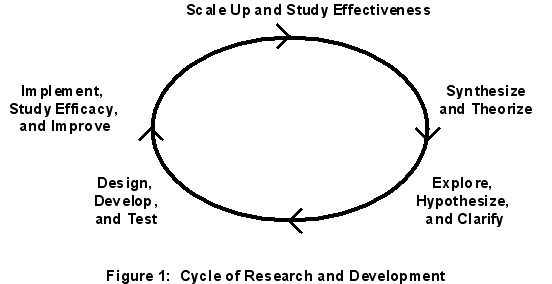Businesses are tasked with the ongoing responsibility of keeping up with evolving technology trends to stay competitive. Trends in technology extend out like the branches of a tree: each new innovation creates the possibility for multiple new innovations. The field of business technology management (BTM) arose to provide businesses with the best approaches for assessing and implementing these varying technological advances into their strategies.
BTM
Alignment
BTM provides a bridge between previously established tools and standards within a business environment and newer, more operationally efficient tools and standards in technology. BTM does this by creating a set of principles and guidelines for companies to follow as they pursue alignment. Alignment, in this respect, can be defined as how an institution's technology supports and enables technology while avoiding constraints in direct relation to company strategies, objectives, and competition. When companies accomplish this in any given technological environment, they have attained BTM maturity relative to that time frame and industry.
Synchronization
Alignment is only the first step: the next step is synchronization. Like alignment, synchronization enables execution, but it also helps companies develop the capacity to anticipate and adapt future business models and strategies. This is generally accomplished by investing in research and development and staying ahead of the standard technologies by anticipating or even innovating past them. This business technology leadership role is long-term oriented and very effective in maintaining competitive advantages in any given industry, but it is particularly important for industries in the tech sectors.

Cycle of Research and Development
The Cycle of Research and Development moves through theorizing, to hypothesizing, to design, to implementation, to study, and back to theorizing to begin the cycle again.
Companies use four specific dimensions of BTM to achieve this understanding of current technologies and trends:
- Process - Companies must execute a set of fluid and repeatable processes that can be consistently scaled up through evaluation.
- Organization - Utilizing an organized business structure or corporate framework, often through strategic business units (SBUs), provides substantial value in centralizing processes and assessing needs.
- Information - Scouting and assessing the current technological environment through extensive research teams is necessary to make the appropriate decisions (see "Sourcing Technology" and "Assessing Needs in Technology" within this Boundless segment).
- Technology - Finally, improving upon these processes within SBUs via leveraging the appropriate data and information will drive strategic acquisition of beneficial technological improvements based upon current trends.
Taken together, these four dimensions applied to alignment and synchronization of new technology can help businesses keep up with or ever stay ahead of current technologies and trends. Companies can benefit from the intrinsic opportunities technological progress provides while offsetting the intrinsic risks of external technological development.